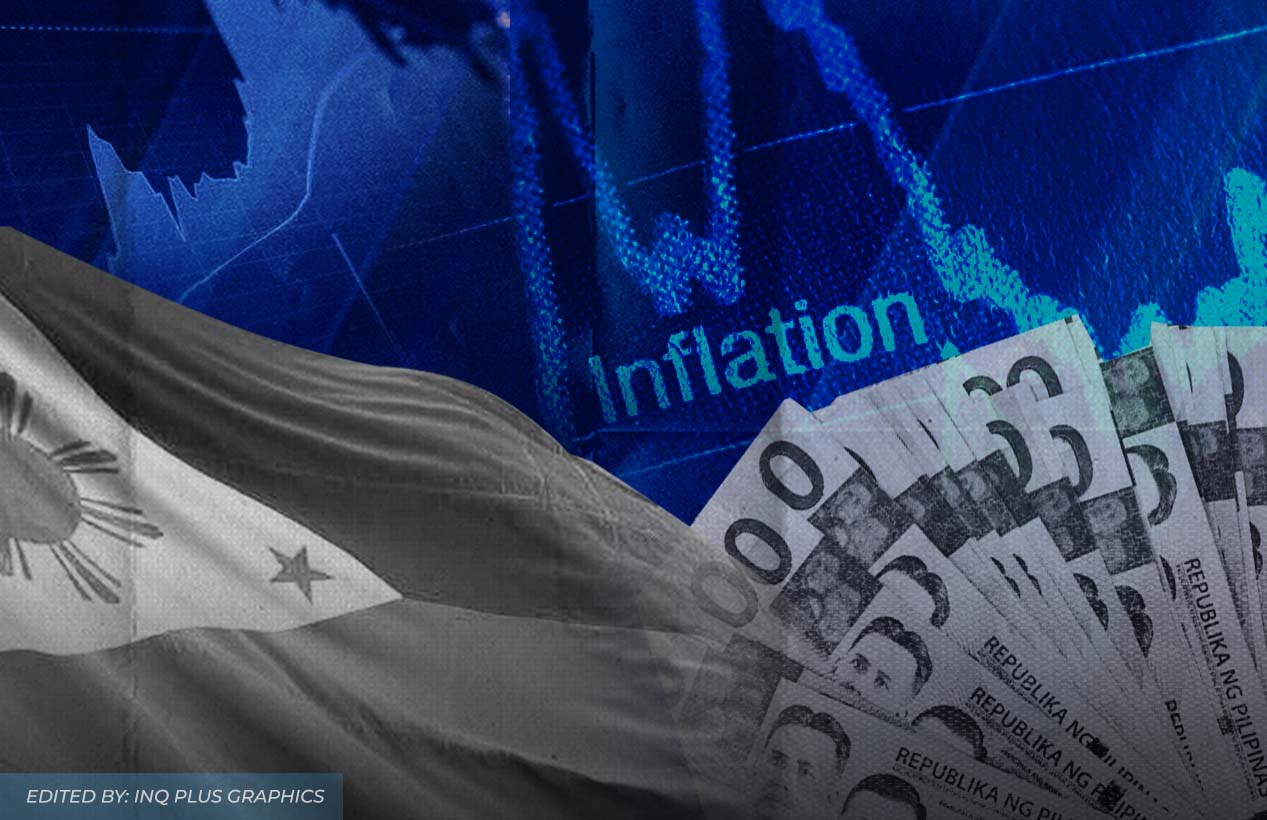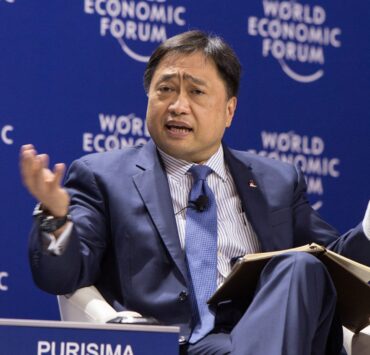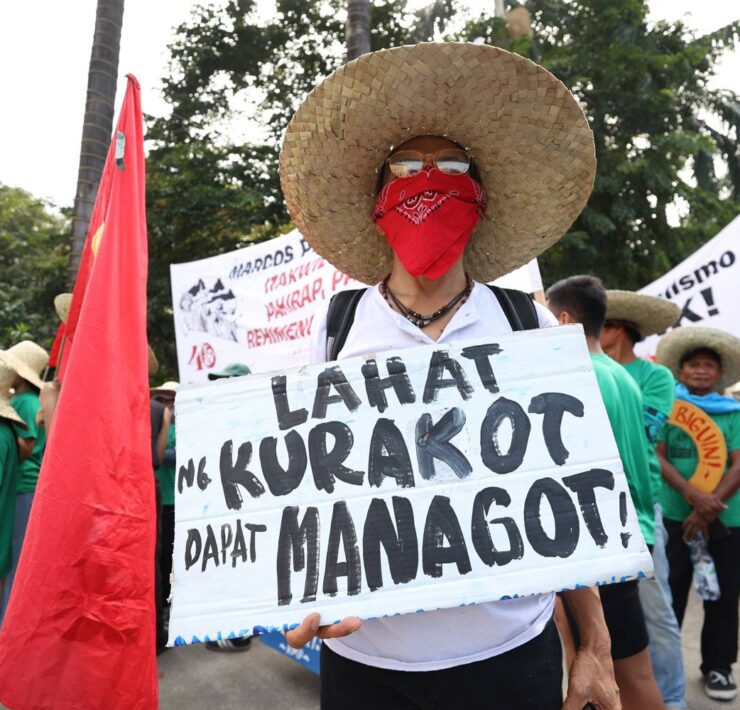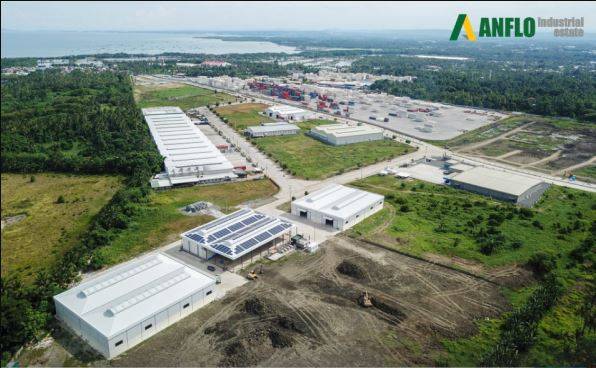PH inflation slowed to 1.8% in March, a near 5-yr low

Inflation in the Philippines slowed to a nearly five-year low of 1.8 percent in March, driven mainly by lower rice and fuel prices.
This, in turn, bolstered the case for a policy rate cut next week by the Bangko Sentral ng Pilipinas (BSP), which keeps a close eye on inflation numbers to guide monetary decisions.
Data released by the Philippine Statistics Authority on Friday saw inflation, as measured by the consumer price index, slowing from 2.1 percent in February and 2.9 percent in January.
This was also the slowest since May 2020, when the rate came in at 1.6 percent.
“The primary reason for the lower inflation rate in March 2025 compared with Feb 2025 is the slower growth rate of food and non-alcoholic beverages,” National Statistician Claire Dennis Mapa said during a press conference.
Mapa said these two segments had a 50.2- percent share in the overall slowdown in the rate of increase in the prices of basic goods and services.
Rice prices, in particular, dropped at a faster 7.7 percent year-on-year in March from the 4.9- percent annual decline in February due to the combined effects of lower import tariffs and declining commodity prices in the world market.
Mapa said this was the biggest percentage drop since March 2020, when prices of the country’s main staple fell by 8.4 percent.
The March inflation number puts the average price growth in the first three months of the year at 2.2 percent, well within the official target of 2 to 4 percent.
Lower food prices
This was also significantly down from the average of 3.3 percent at the end of the first quarter of 2024.
The BSP said in a statement that the Monetary Board will consider the latest inflation outturn along with the latest domestic and global developments in its monetary policy meeting on April 10.
Mapa said that for March alone, the primary drivers of lower food prices were the declines in cereals and cereal products, which fell by 5.2 percent, and in meat prices, which moved up by a slower 8.2 percent.
Mapa added that the decline in prices of gasoline, diesel and transportation contributed to the easing in March.
These factors collectively accounted for 27 percent of the overall slowdown in inflation.
Another key contributor was the slowdown in prices for restaurant and accommodation services, which accounted for 16 percent of the overall inflation decline.
He said that price growth for the restaurants and cafés, and the like category slowed to 2.3 percent in March, down from 2.8 percent in February.
On the other hand, among the commodities with the highest contribution to inflation during the month, pork prices made the biggest impact, contributing 16 percent.
Nevertheless, the increase in pork prices eased to 10.8 percent in March, down from 12.1 percent in February.
Following pork, the restaurant, café, and similar establishments category contributed 12 percent, while chicken meat accounted for 11.9 percent.
Rentals made up 11.3 percent, and other pelagic fish contributed 6.3 percent.
Rizal Commercial Banking Corp. (RCBC) chief economist Michael Ricafort said the decline in inflation in March could open the door for the BSP to further reduce its key rate that influences the loan rates charged by banks.
“More benign inflation at 1.8 percent in March 2025, already slightly below the lower end of the 2 percent to 4 percent BSP inflation target, would support monetary easing, particularly a possible 0.25 BSP rate cut as early as the April 10, 2025, BSP rate-setting meeting,” Ricafort said.
He added that the recent reduction in the reserve requirement ratio (RRR), which took effect on March 28, could inject approximately P330 billion into the banking system.
This, in turn, would lower intermediation costs and lending rates, boosting loan demand and supporting overall economic growth, he added.
Additionally, Ricafort said that easing inflation would increase disposable incomes, further stimulating consumer and business spending.





















